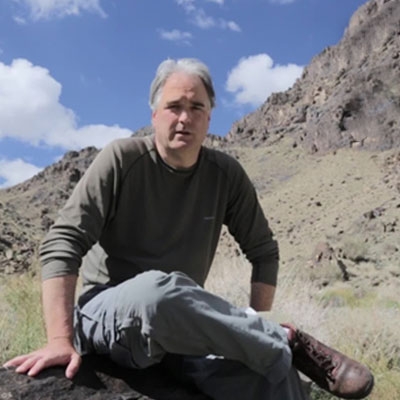
On my very first trip to India I experienced some of its most iconic and most infamous sights – tigers and traffic. I was lucky to see some beautiful wildlife, but it was while sitting in traffic that I snapped the photo that most resonated with me: a woman along the road carrying fuel wood on her head. After sitting in traffic for over an hour, our driver decided to backtrack and take a different route; 10 kilometers back, I spotted the same woman still carrying her wood.
This is not, unfortunately, a rare phenomenon—globally, 1.2 billion people are without access to electricity. Almost 300 million of the people in India—a quarter of the population—go without access to electricity, and around 66% (815 million) use wood or other biomass for cooking, the majority of them living in rural areas.
Lack of access to electricity is one of many factors than can ensure that the poor stay poor—and stay sick. Firewood can turn the air inside your home far more toxic than what you’d breathed in an industrial city. The World Health Organization estimates that over 4 million people die prematurely every year from illness attributable to the household air pollution from cooking with wood and other biomass fuels.
This is obviously a global development and human rights issues—but why is this an issue that a biodiversity conservation organization should be concerned with?
By 2050, there will be between two and three billion more people on our planet than there are today, and they will all need food, water and energy. If that energy comes from fossil fuels, it accelerates our already dangerous climate trajectory. Meanwhile, those who still lack access to electricity will continue to turn to readily available fuels like wood, exacerbating unhealthy conditions and contributing to forest degradation—another major source of carbon emissions.
It is imperative that we ramp up renewable energy development in order to expand access while reducing emissions. At the same time, we also have to keep in mind that all forms of energy have tradeoffs. Wind and solar farms have significant land footprints, while the transmission lines required to connect to our power grid can further fragment habitats. If we are not careful, our attempts to meet climate change emission targets and close the energy gap could create a new problem—a pattern of “energy sprawl” that accelerates land-use change and conflict.

access against the threat of sprawl. Photo © Ian Shive/Tandem Stills+Motion
What then are we to do?
One option is to curb demand by decoupling economic growth and well-being from cheap energy. This could be done by reducing usage, increasing efficiency and adding new technologies for energy storage and transmission. But even the most optimistic projections of social change and energy innovation cannot halt the short-term need for energy development. For example, India seeks to generate 40% of its power from renewables by 2030, and that cannot be achieved without massive new solar and wind installations.
But we have an opportunity to get this right. In the forthcoming book Energy Sprawl Solutions, my colleagues and I provide a roadmap for a renewable energy future that preserves functional and connected ecosystems. Central to the solution is to get ahead of the problem by sketching out ways to reduce the damaging aspects of energy footprints and to compensate for it in places where it’s inevitable.
Read the rest at National Geographic.


